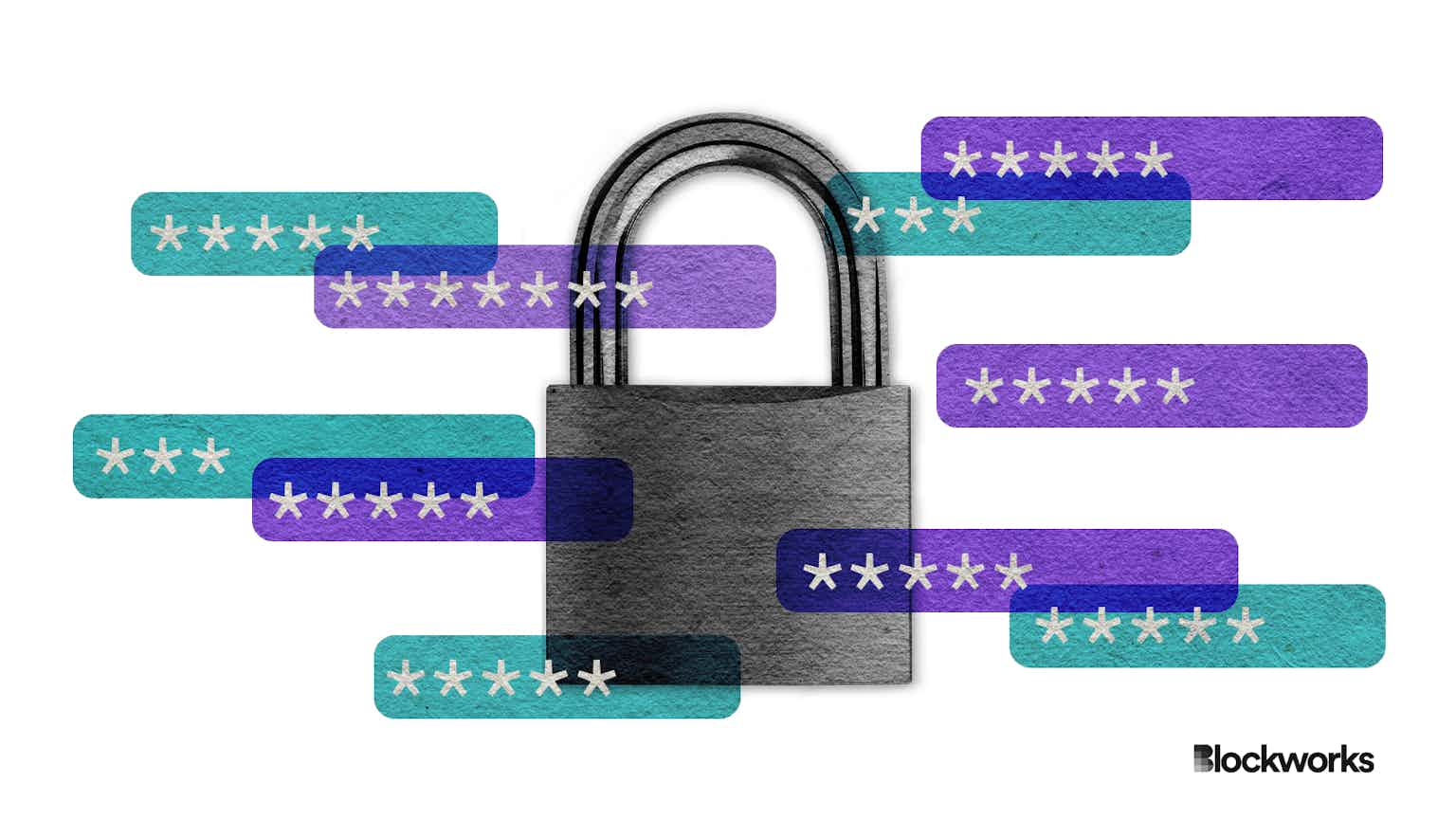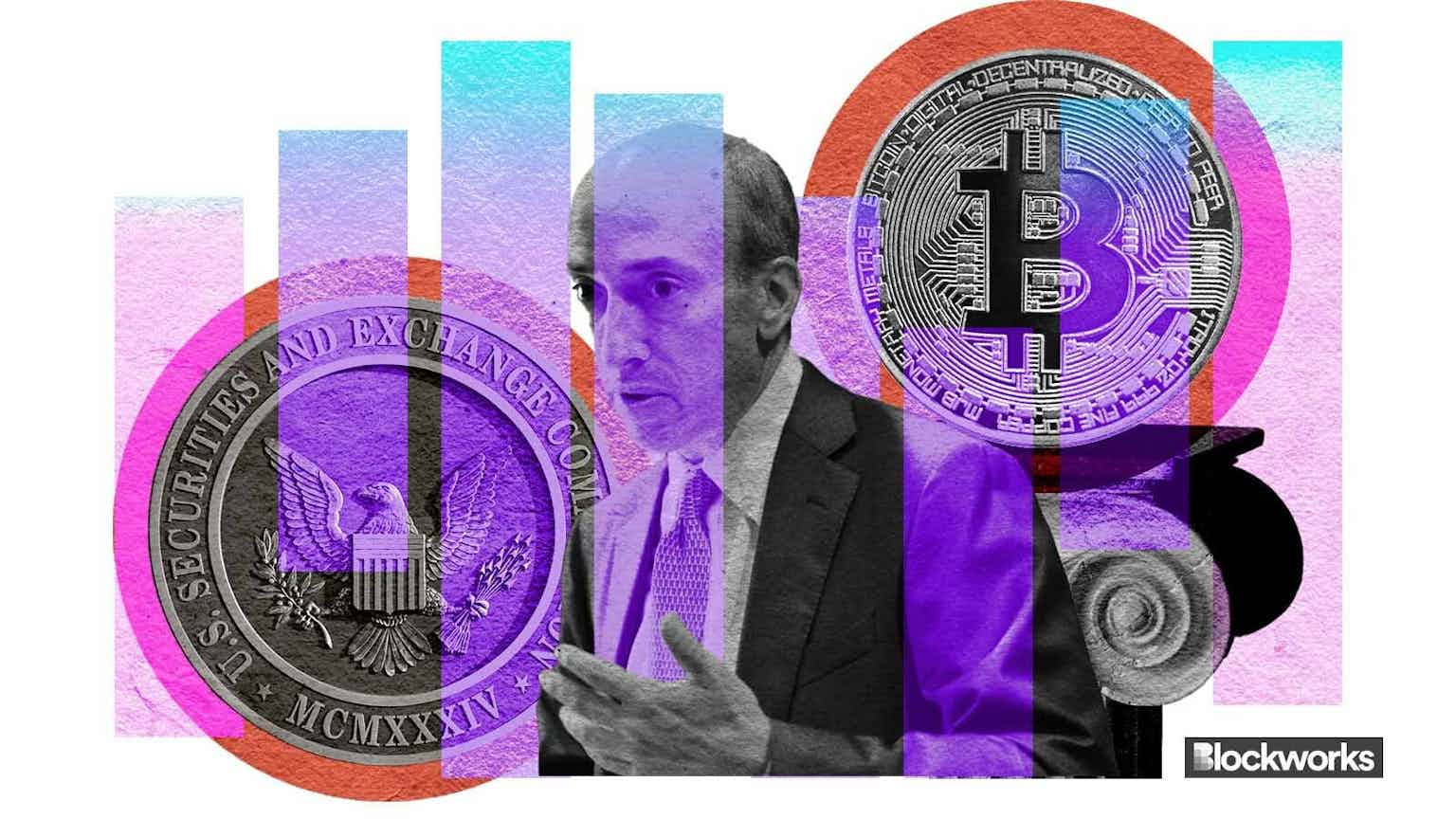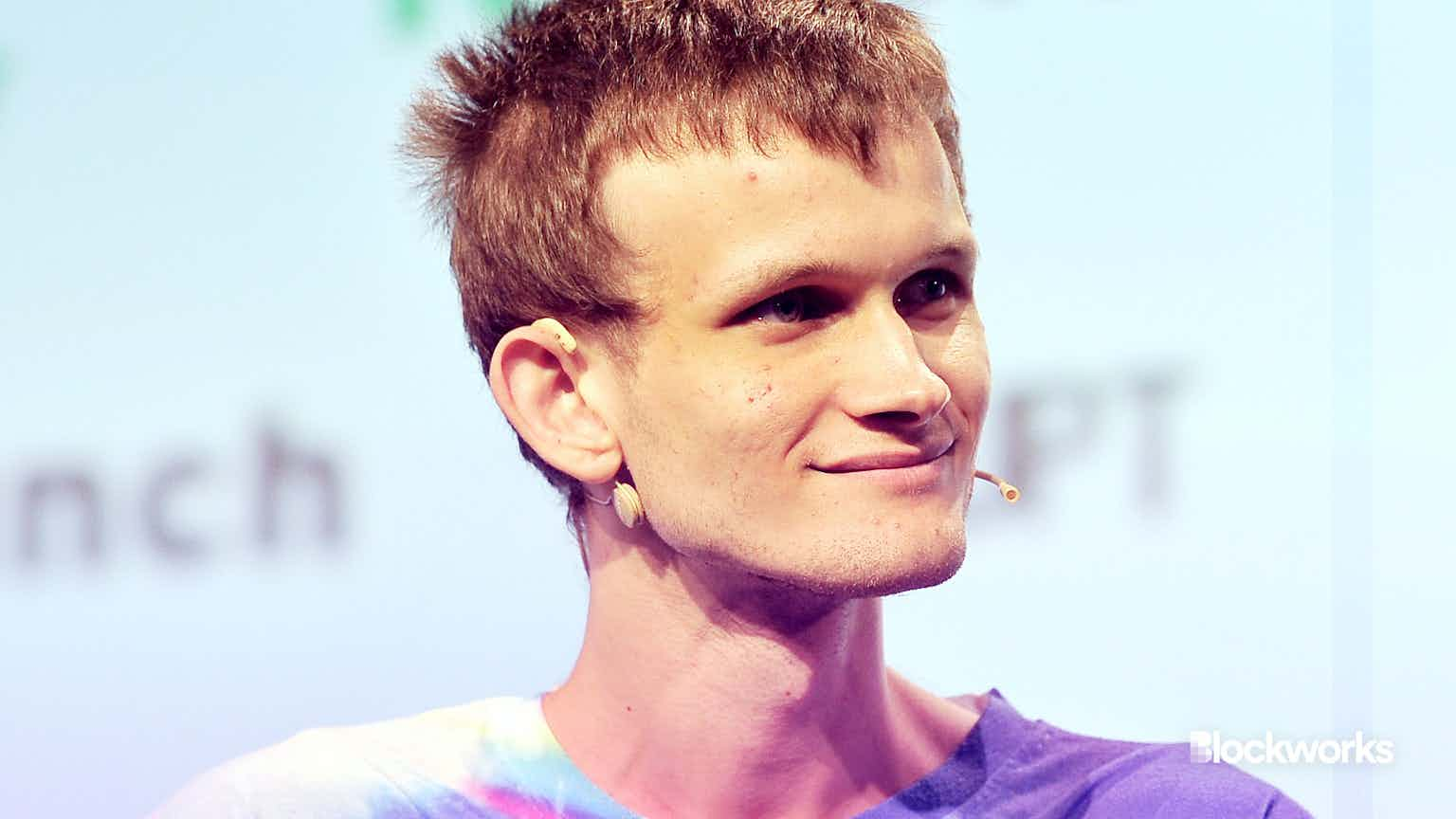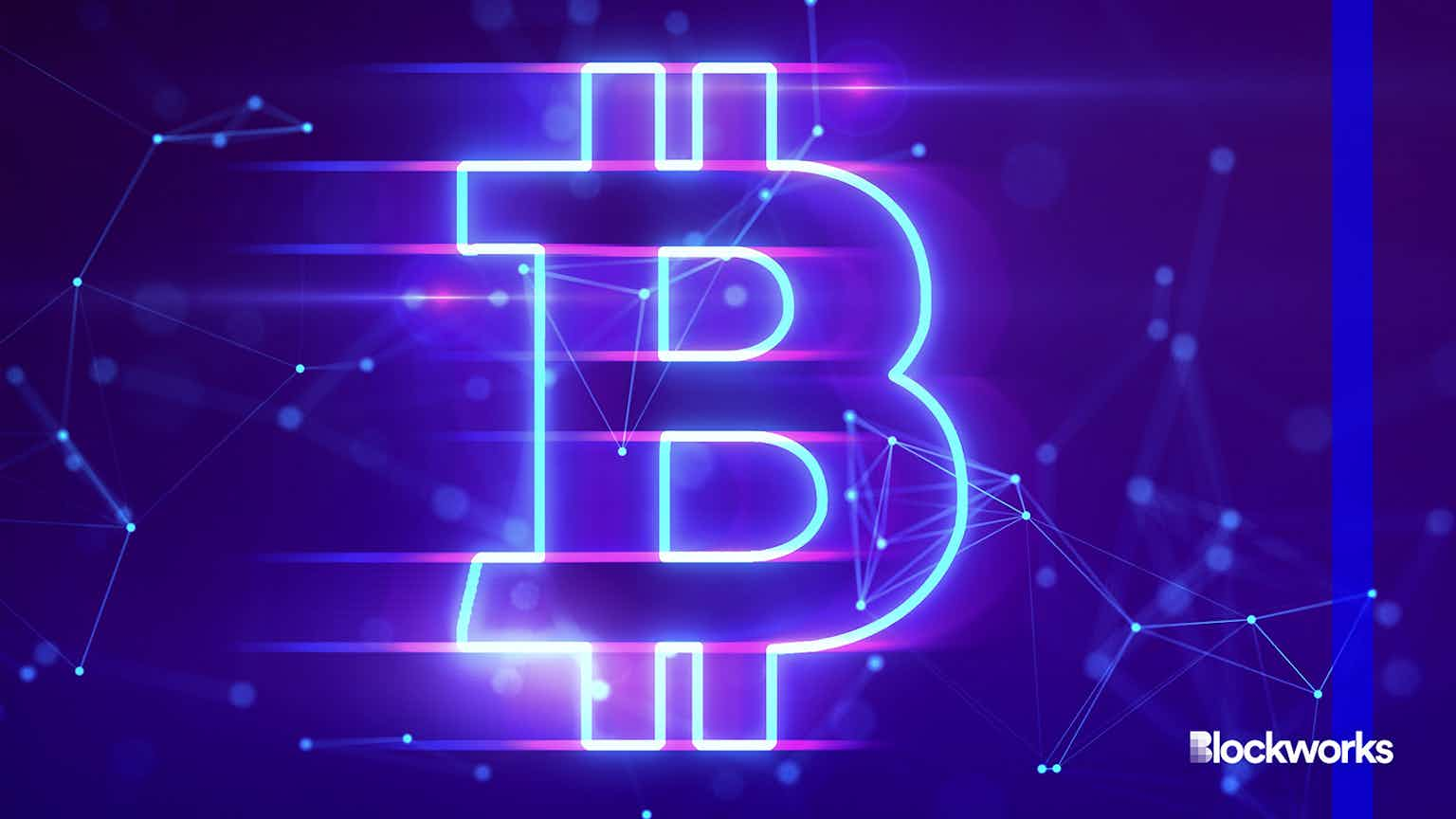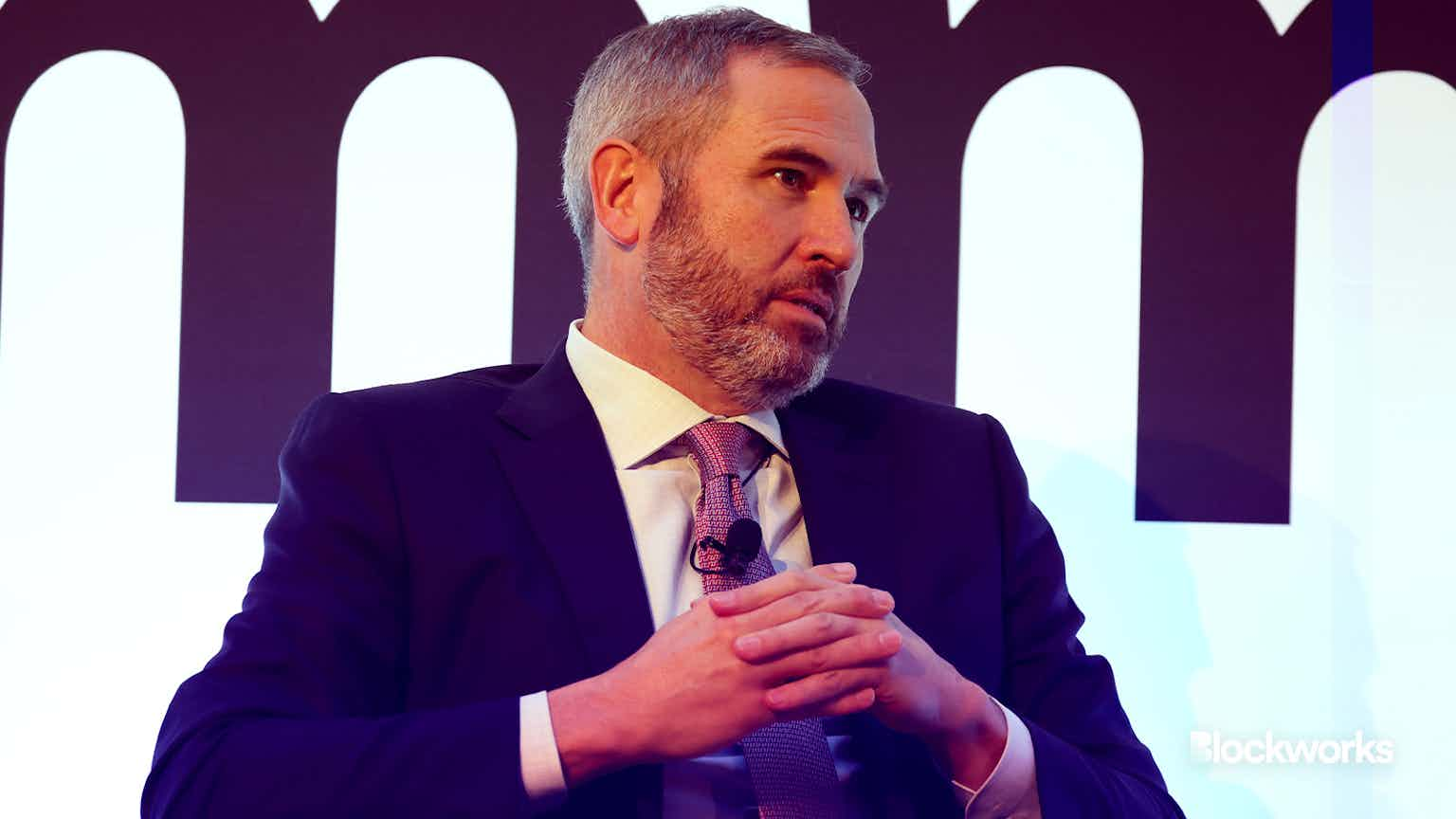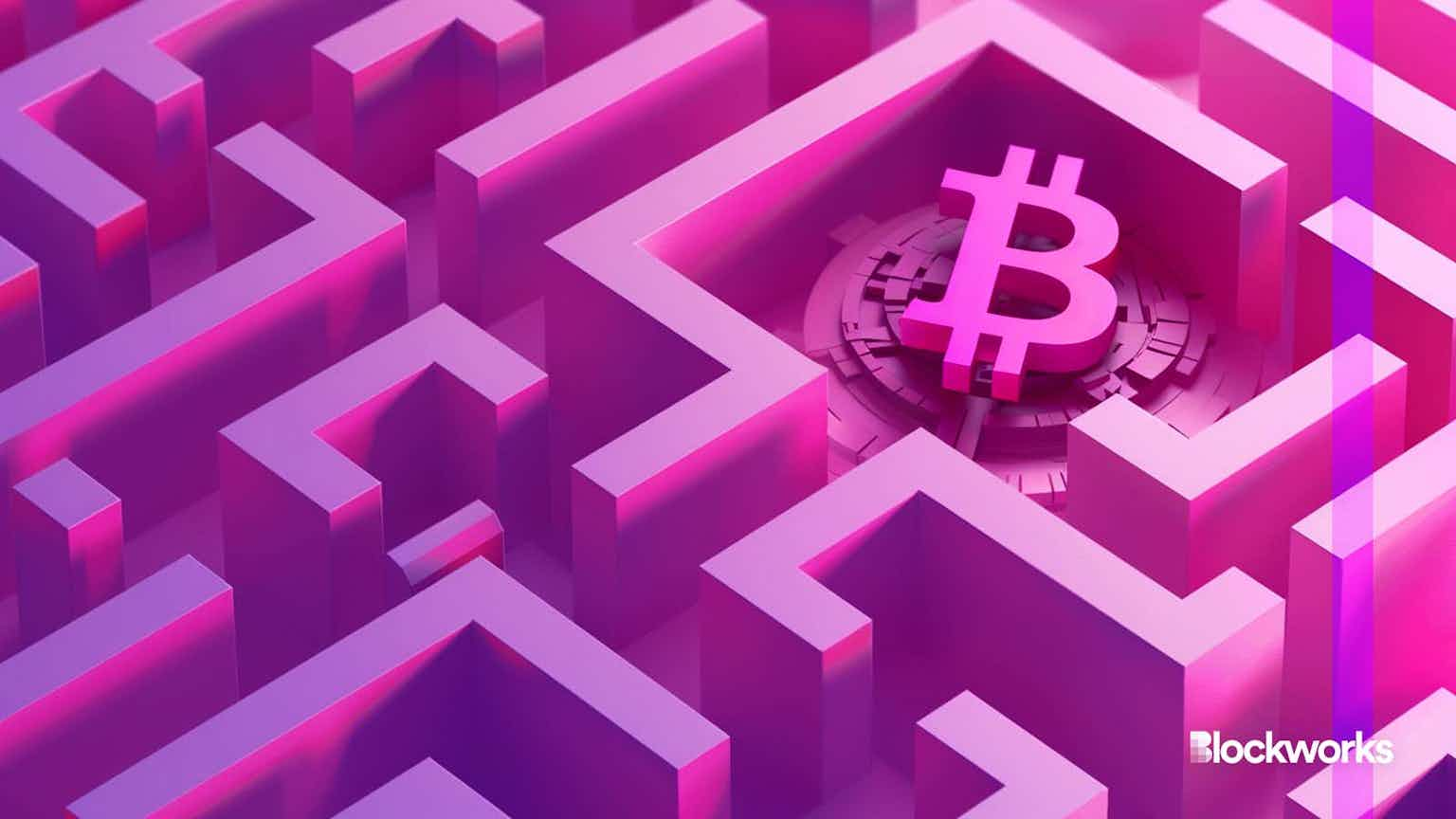Q&A: What will the Bitcoin halving mean for Bitcoin L2s?
It will be at least another 10 years before newly minted BTC becomes small incentives for miners

Artwork by Crystal Le
Bitcoin was developed to emulate the scarcity and finite nature of resources like gold, thereby ensuring a limited supply. Satoshi Nakamoto, the founder of Bitcoin, intended that the maximum currency supply would be capped at 21 million coins.
Every four years, the network cuts the reward for mining bitcoin transactions by 50% via a process known as the halving. This is meant to slow down the influx of new coins and preserve the currency’s scarcity over time. It also ensures that Bitcoin‘s total finite supply approaches the 21 million cap gradually and predictably.
Following the halving next month, the block reward will be reduced to 3.125 bitcoin (BTC).
Given that the Bitcoin halving is just around the corner, concerns about mining revenue have been top of mind. Blockworks consulted Rena Shah, the vice president of products and operations at Trust Machines — an infrastructure technology company that aims to expand Bitcoin capabilities — to see what she believes the halving means for Bitcoin layer-2s.
Keep reading for excerpts from Blockworks’ interview with Shah.
Blockworks: Why was Bitcoin designed to be halved every few years?
Shah: Bitcoin was designed to counteract inflation. The halving cycles maintain scarcity and allow for a lower available new supply to be matched by increased prices based on demand. Having worked through multiple halving events, it’s inspiring that the protocol still sets the rules after so many years into this experiment, and participants continue to listen. Bitcoin’s mission matters to its users.
Blockworks: Will miners continue to want to mine bitcoin if their rewards are halved?
Shah: We have around 10 years before newly minted BTC become relatively small incentives for miners. It’s been a focus of our mission at Trust Machines and the mission for advocating layer-2 scalability for Bitcoin.
Developing a robust BTC fee market through Ordinals, Runes and other activity from Bitcoin layers will give a clear path for long-term Bitcoin security and for mining incentives beyond newly minted BTC. Another part of the story is transaction fee revenue. It’s a vital stream that’s needed. Fresh BTC entering the market drops 50% every four years, and roughly in 12 years, these rates will effectively be zero.
The Bitcoin network will run mainly on transaction fees where miners will earn revenue from validation. The layer-1 will still be needed for high-value transactions, while micro-transactions will be pushed to cheaper and faster layer-2s.”
Blockworks: What does the Bitcoin halving mean for Bitcoin layer-2s, if anything?
Shah: The interest in and demand for Bitcoin has already increased so much in 2024 (spot ETF, ATH, etc.), and the halving events always attract attention from a wider audience. However, a billion people still cannot use Bitcoin layer-1 directly.
The only path forward is layer-2s, the halving will just reinforce that need. Today’s market reality is that alternative layer-1s, think Ethereum, Solana and others, are better developed and more mature than Bitcoin layer-2s. They give users and developers a better experience and tools.
Read more: How will the Bitcoin halving impact Bitcoin L2s?
Stacks’ Nakamoto release recently is proof that Bitcoin builders are rushing to develop solutions ahead of the halving. Further, with advances in BitVM-like approaches at the layer-1, the trust-minimization of layer-1 to layer-2 BTC movement can significantly improve far after the halving event.
Blockworks: What does the Bitcoin halving mean for Stacks?
Shah: Stacks (STX) is the only digital asset with a native BTC yield, with approximately $200 [million] in BTC yield going out to users this year, at current levels. Now add in even half the predicted interest that the Bitcoin halving will bring. You realize that we’re still early. As network usage grows and more users pay gas fees, the BTC yield increases, and the Bitcoin economy grows. Stacks is part of this positive economic loop.
The upcoming Nakamoto Release for Stacks will improve some mining inefficiencies, directly benefiting the BTC yield from consensus. The Nakomoto update fixes this, resulting in approximately 30-40% higher BTC yield per cycle.
This interview has been edited for brevity and clarity.
Start your day with top crypto insights from David Canellis and Katherine Ross. Subscribe to the Empire newsletter.
